Pulitzer Center Update March 29, 2022
Rainforest Journalism Fund Introduces 'Rainforest Reporter' Series
The Rainforest Journalism Fund (RJF) is launching Rainforest Reporter, a new social media series featuring outstanding stories and journalists—RJF grantees and Rainforest Investigations Network Fellows—who reported them. It aims to showcase the story behind the story: what inspired the journalists to report on it, what techniques they used, and how they did it.
In fact, Rainforest Reporter will interview journalists with expertise in a multitude of skills, such as data journalism, photography, multimedia, investigative journalism, and collaborative journalism. Through this series, we’ll learn how the journalists raise awareness about rainforest issues around the world.
The series was launched on March 21 to celebrate the United Nations’ International Day of Forests.
Diego Cazar Baquero - Data Journalism
The RJF team first invited Diego Cazar Baquero, a journalist from Ecuador. He worked on the Map of Death project alongside his other colleagues. Using both data analysis and long-form reporting, the team investigated how extractive industrial activities such as mining and producing oil displaced vulnerable Amazonian populations, particularly, Indigenous communities in Ecuador such as the Amazonian Kichwas and the Siekopai Nation. The team used cartographic journalism to show how government-approved extractivist areas on maps “erased” the concerns of Indigenous communities living in the same areas. Overall, Baquero's main takeaway is to “interpret data in a human way” while conceptualizing the bigger picture.
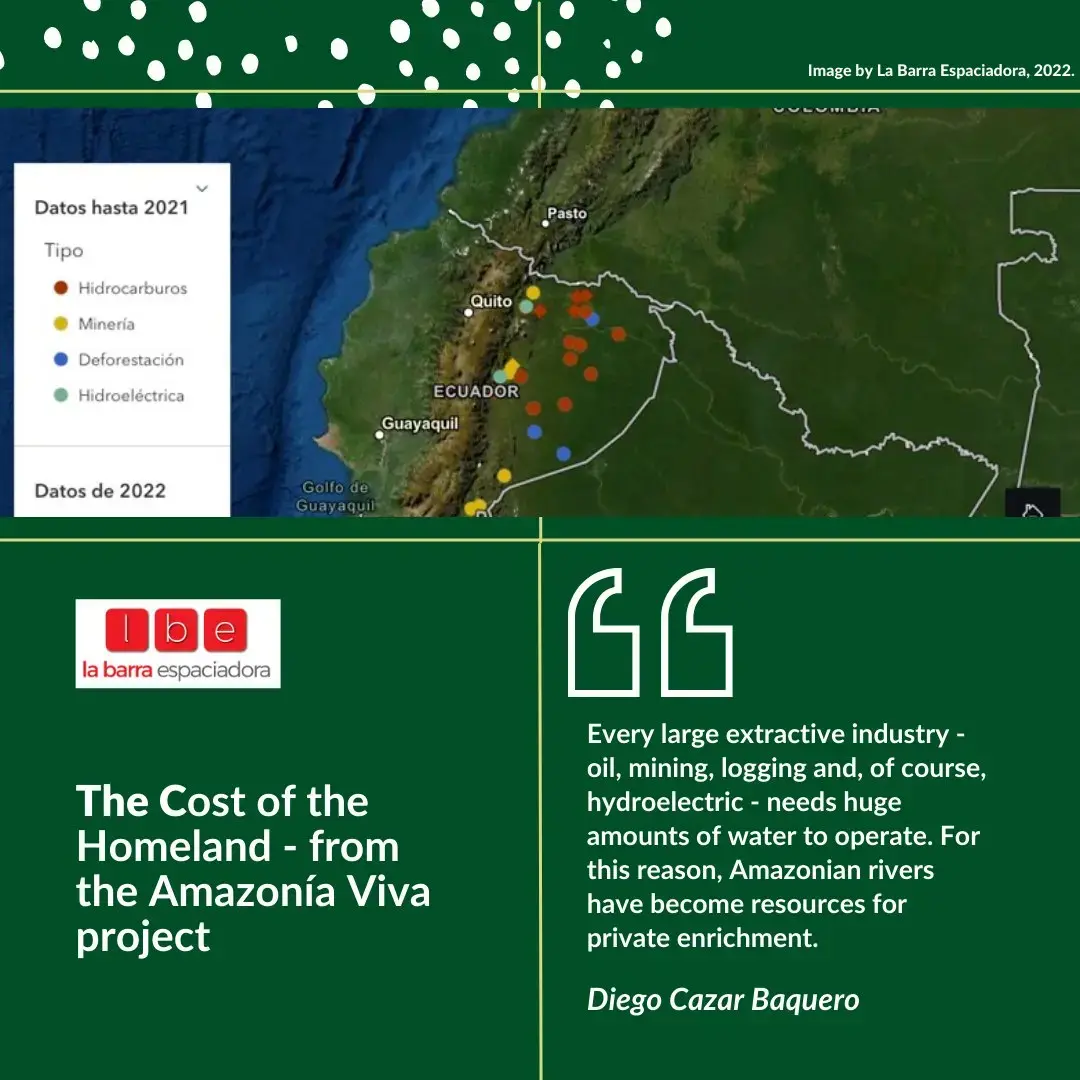
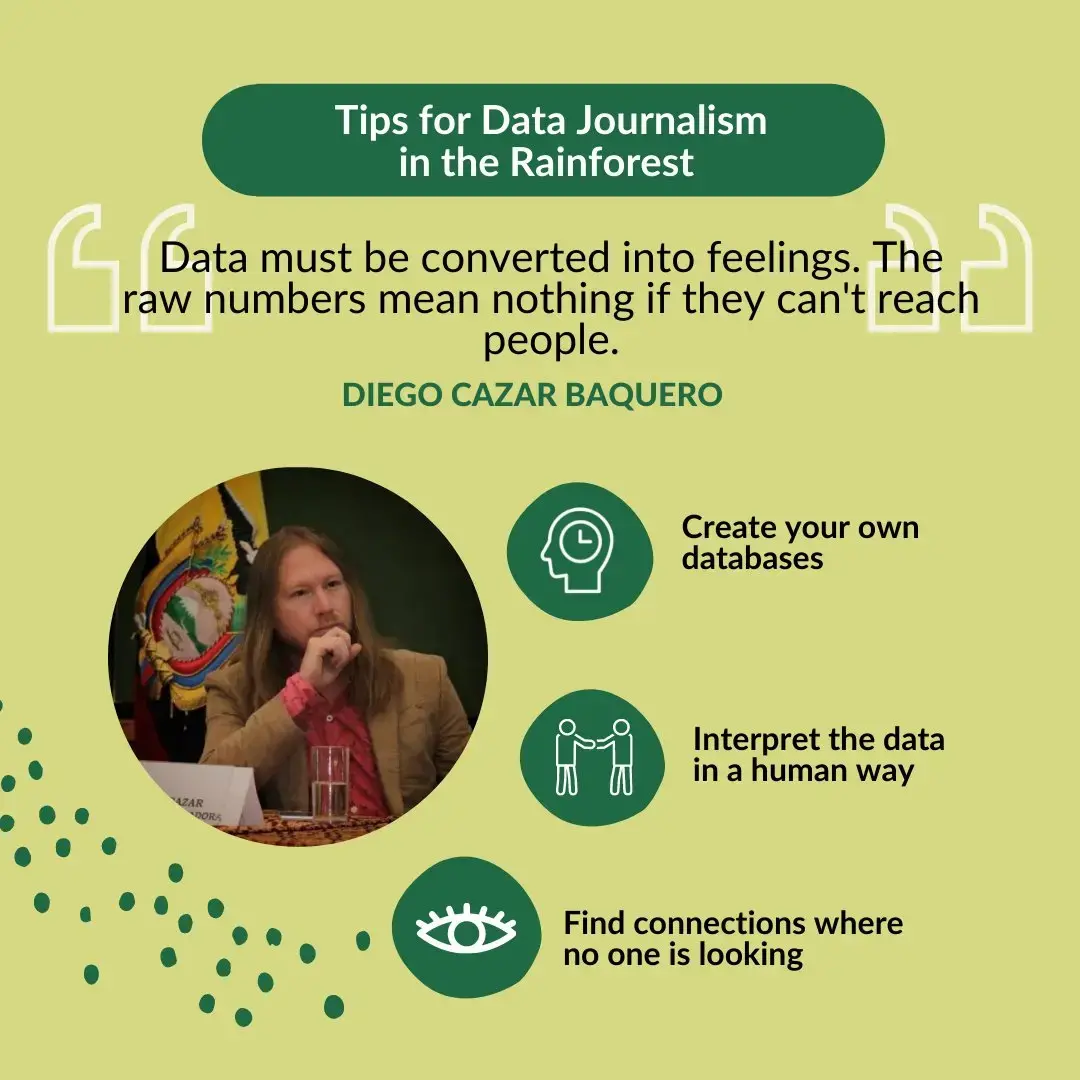
Sarita Reed - Photojournalism
Journalist Sarita Reed presented her advice on photojournalism. Reed and her colleague Ning Hui worked together on Gold in the Sea: Brazil’s Booming Fish Bladder Trade project. The project traces the fast-paced fish maw trade from northern Brazil’s coast to China and its environmental destructive impacts. Reed’s photos narrate the different steps in producing fish maw and illustrate the perspectives of those involved in the trade. In general, she sees photojournalism as a means to explore different angles of a story, which “brings people closer to the subject.”
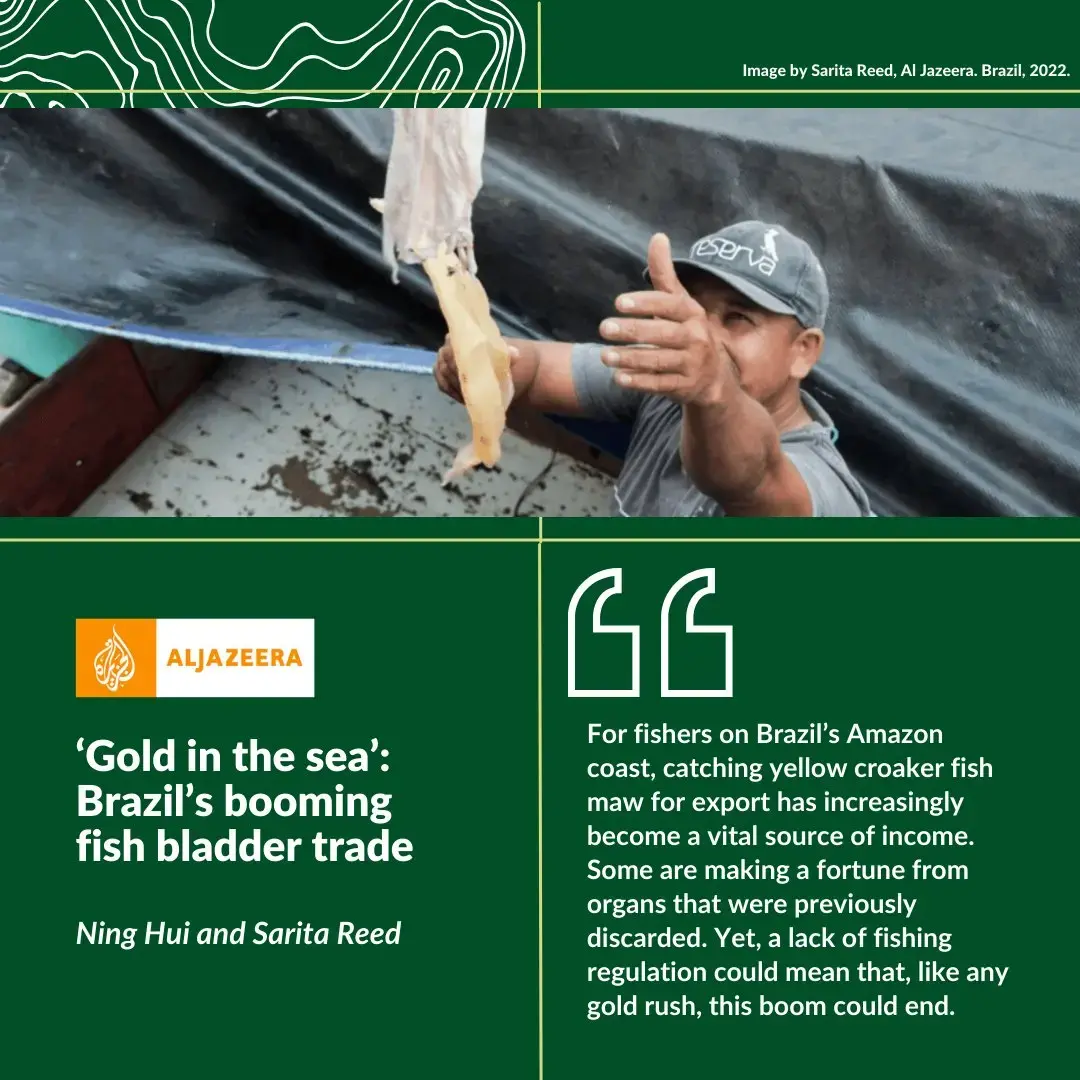

Fábio Zuker - Multimedia Journalism
Highlighting a multimedia presentation in reporting, the RJF team interviewed anthropologist and journalist Fábio Zuker on his project titled COVID-19, Fake News, and Misinformation Among Indigenous Peoples of the Upper Xingu. Using his anthropological training, Zuker paid close attention to the nuanced kinds of COVID-19 misinformation barriers. He collaborated with Indigenous filmmaker Takumã Kuikuro to understand how government misinformation affected local communities in the Upper Xingu region. In terms of advice, Zuker suggested using multimedia stories as a way “to show what people’s lives are like” and how they cultivate a cultural sense of belonging.
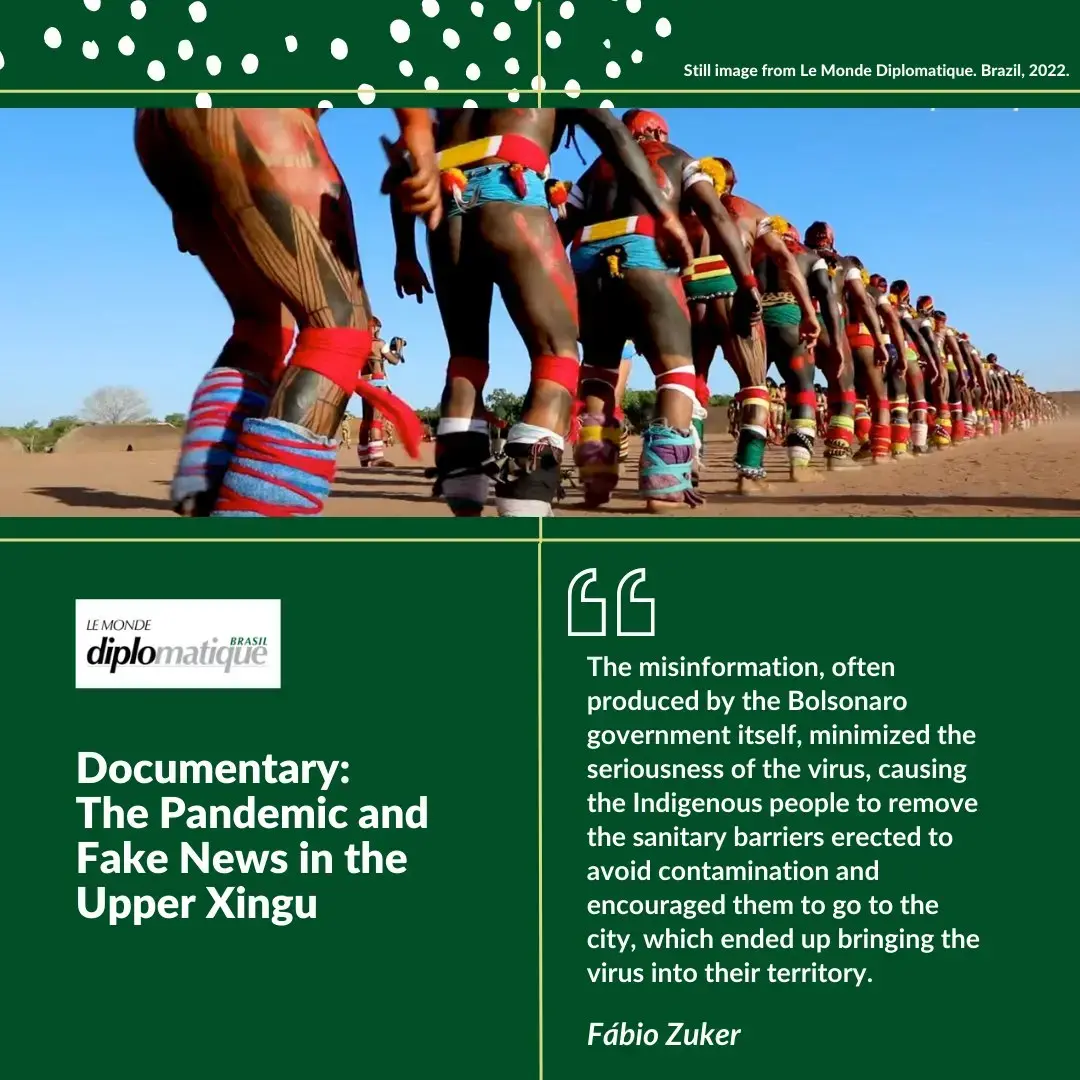
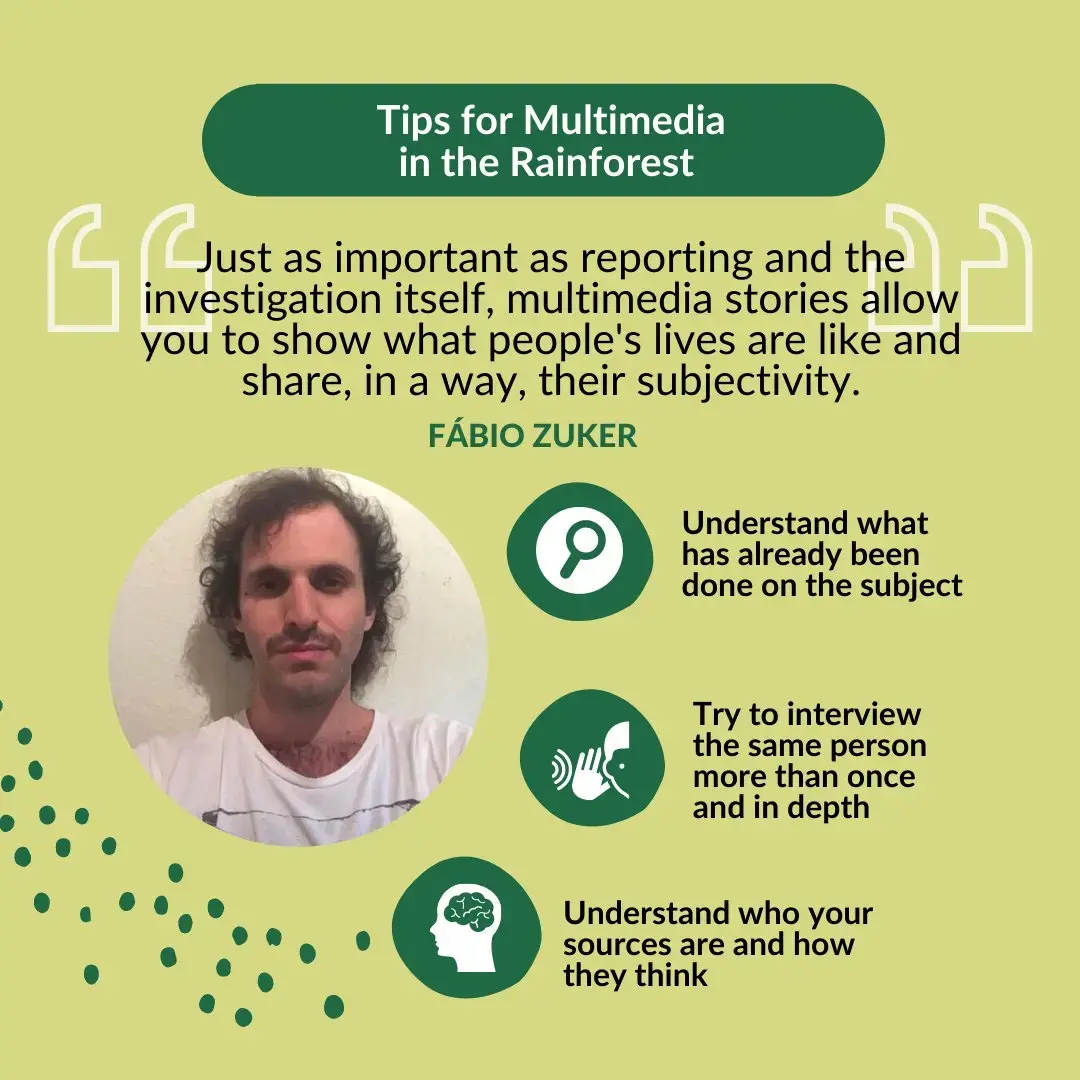
Bagja Hidayat - Investigative Journalism
Tempo journalist Bagja Hidayat and his team provided advice on investigative journalism and discussed his project Forests at the Crossroads. The project uncovered large-scale deforestation across four Indonesian provinces, adding up to 1.5 million hectares of land due to various activities, such as nickel mining and commercial agriculture. In fact, one of the project's articles investigated how electric vehicle production led to accelerated deforestation in Indonesia. Overall, Hidayat advised journalists to partner with local reporters in contextualizing stories and to “always check the facts, the data, and the documents.”
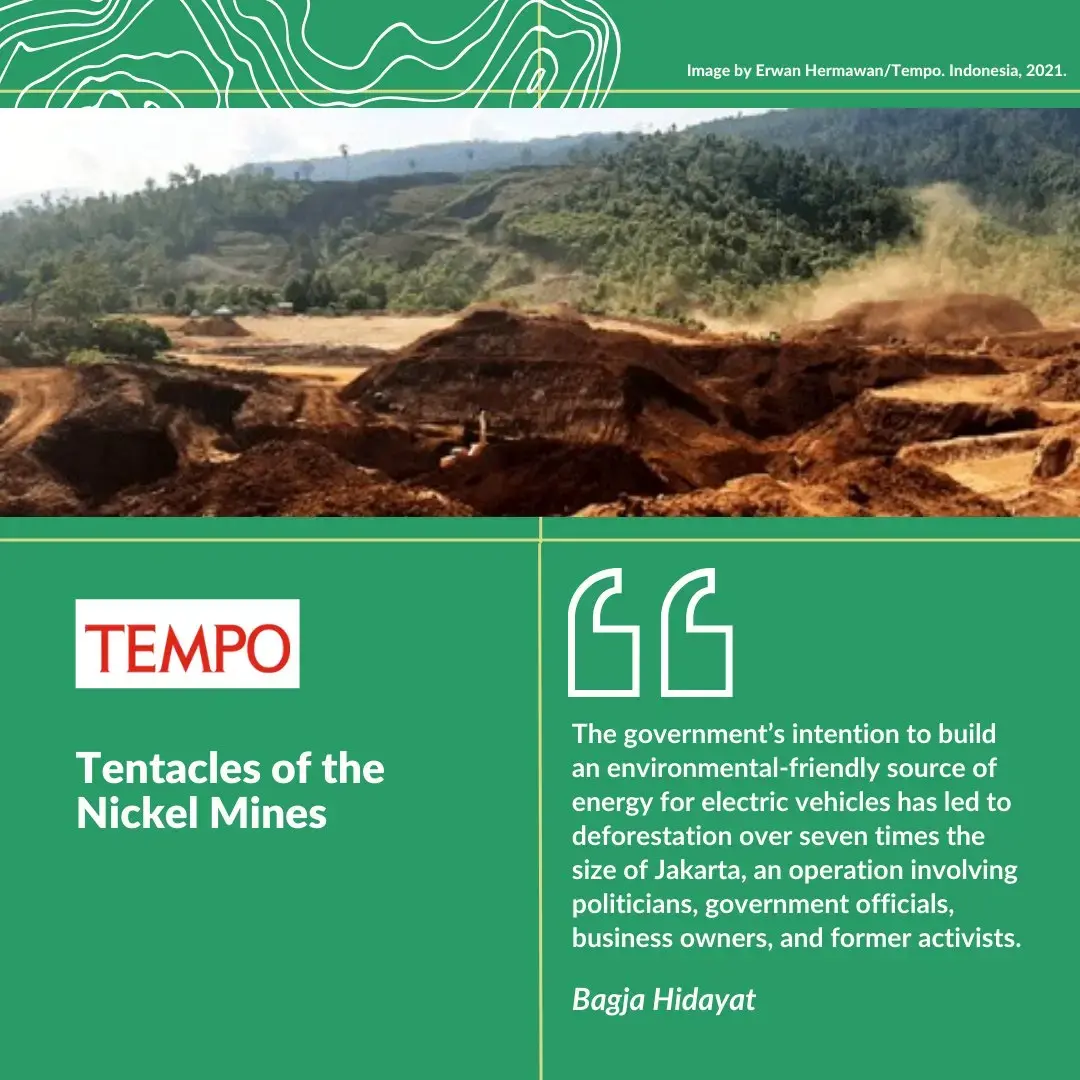
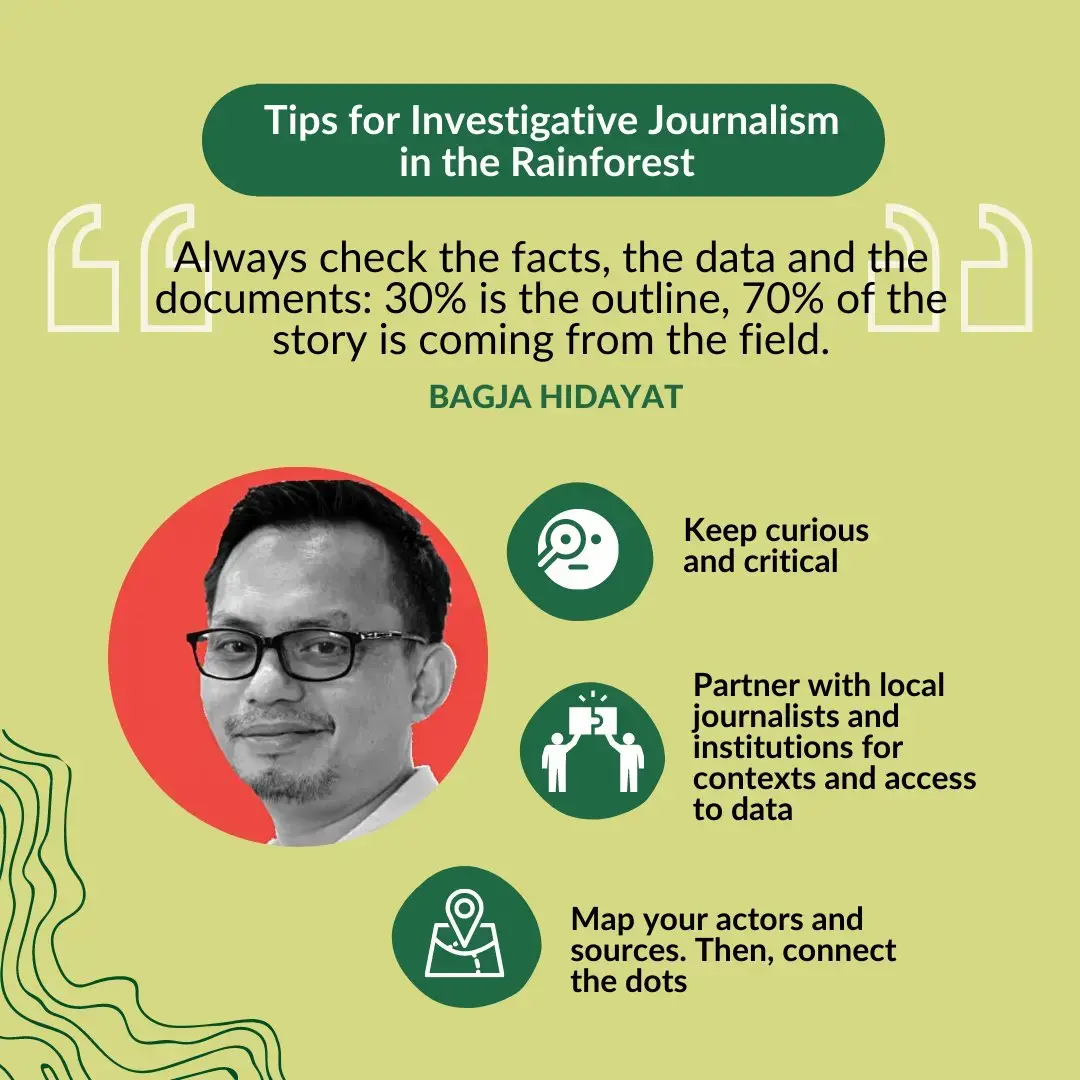
Rosie Pioth - Collaborative Journalism
Journalist Rosie Pioth presented her tips on facilitating collaborative journalism and discussed her project The Consequences of Deforestation on Indigenous Peoples in Central Africa. The project focuses on logging consequences such as the deterioration of Indigenous communities’ way of life in the Congo and Cameroon. In general, Pioth’s main takeaways include choosing team members wisely based on how “everyone should be aware of their work pace and what they can bring to the table.”
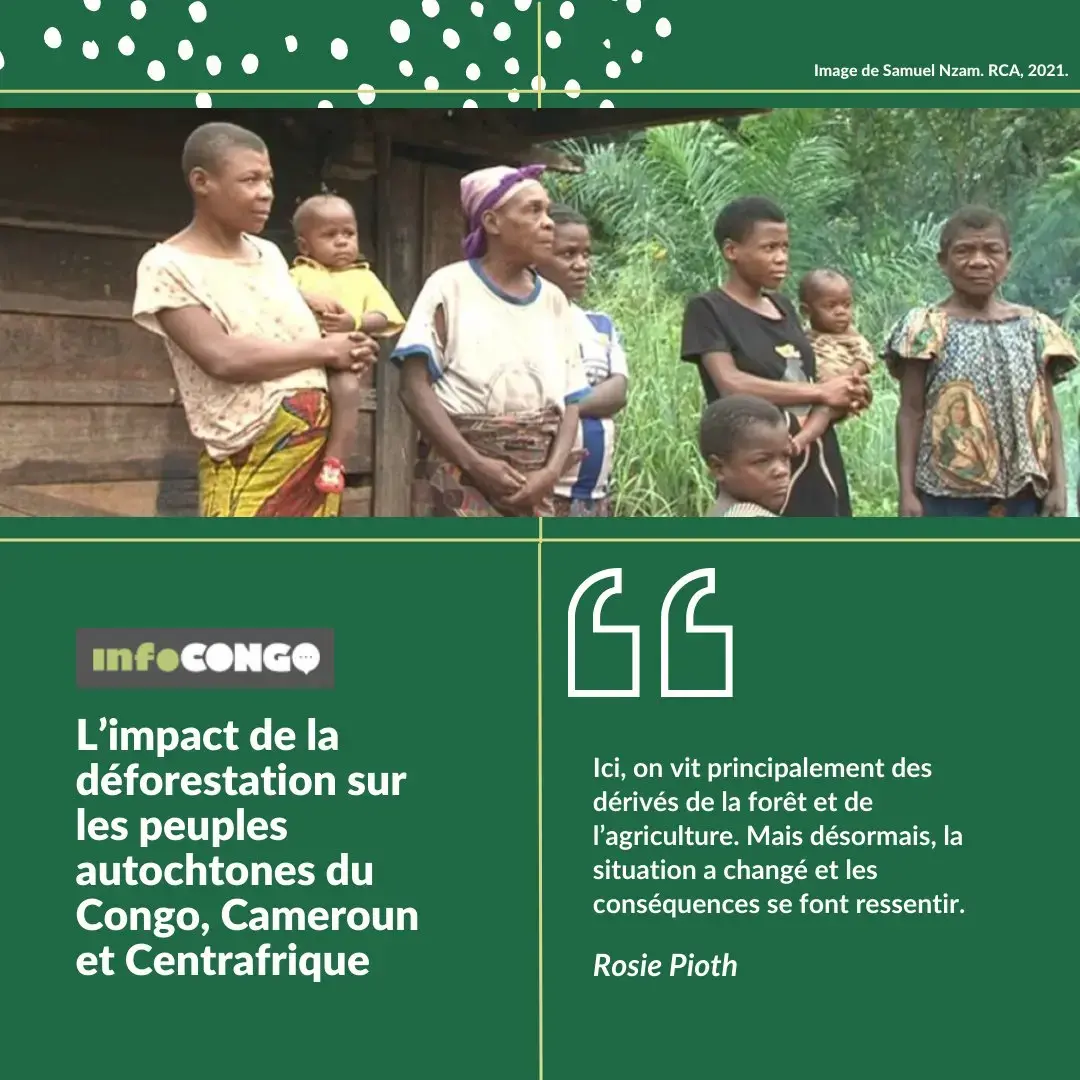
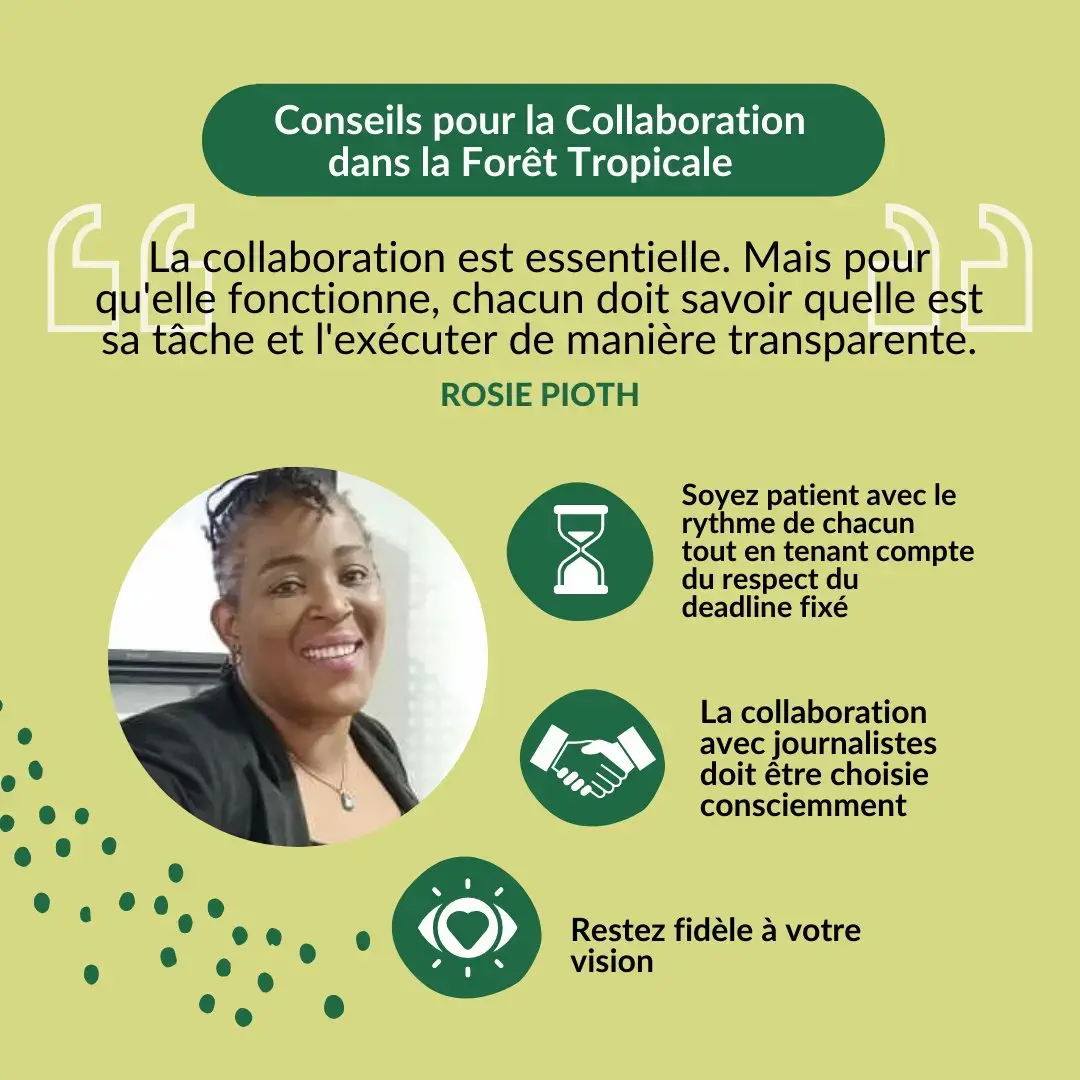
Translation of graphic
Title: The Consequences of Deforestation on the Indigenous Peoples of Congo, Cameroon and Central African Republic.
Quote: “Here, people live mainly from the forest and agriculture. But now, the situation has changed and the consequences are felt.”
Bottom title: Tips for Collaboration in the Rainforest.
Quote: “Collaboration is key. But in order for it to work, everyone must know what their task is and execute it in a transparent way.”
Tips: 1) Be patient with the rhythm of each person while respecting the deadline. 2) Collaboration with journalists must be chosen with purpose. 3) Stay true to your vision.
These are a few of the many inspiring grantees we interviewed. The Rainforest Reporter series will continue to highlight dedicated reporters who champion underreported issues and innovative approaches. Follow the Rainforest Reporter series on our regional RJF Twitter and Amazon Twitter accounts.












